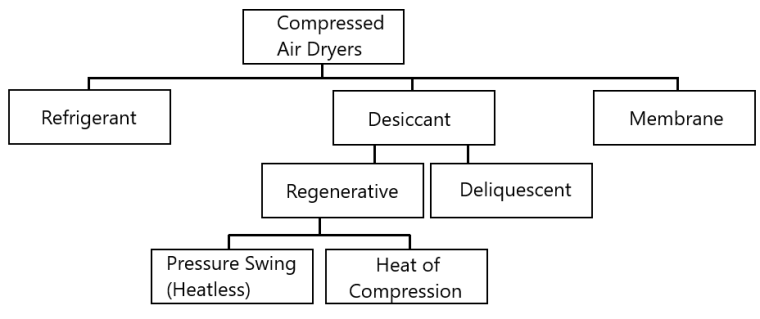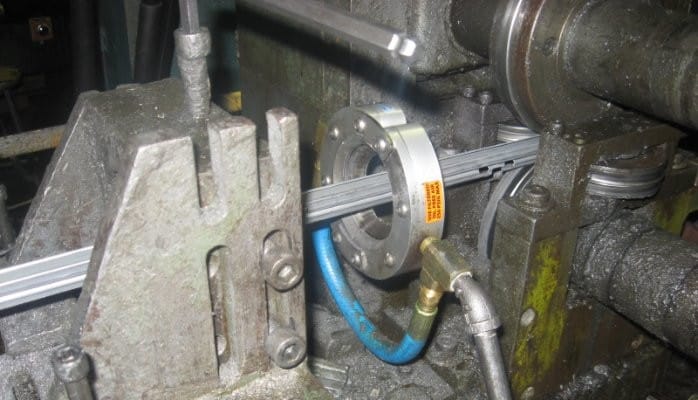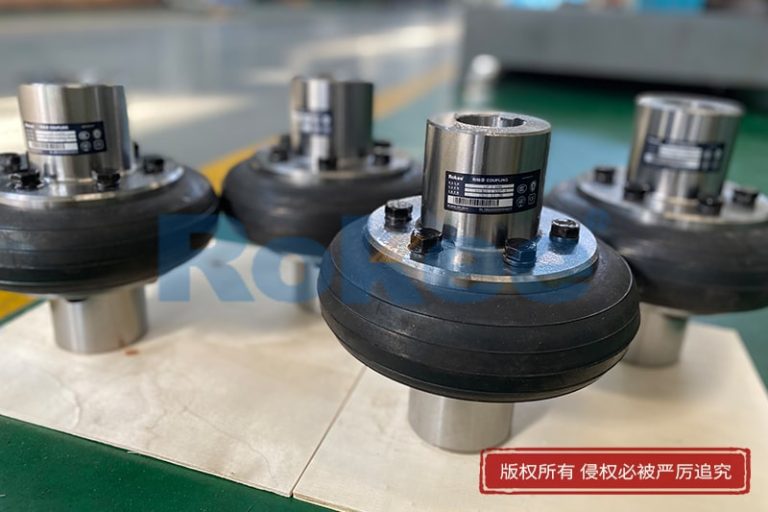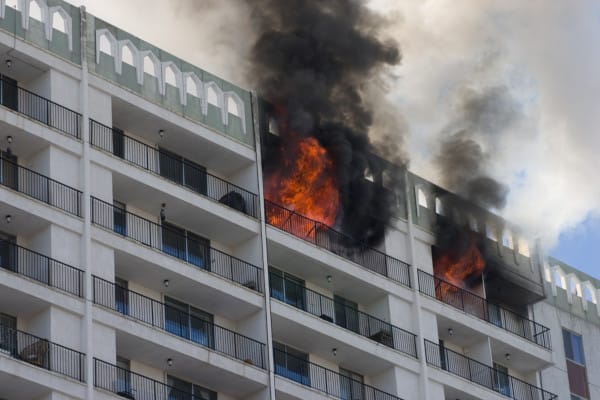Why Dryers Are Needed in Compressed Air Systems
Air compressors are extremely proficient at compressing anything in the air they are intaking. With that air that is taken in, moisture is going to be present. The amount of moisture will all depend on where you are located geographically and the ambient conditions in the area. Here in Ohio, we experience all 4 seasons so the moisture content is higher in the air during the summer months, rather than the winter months. When this air is saturated with water vapor and the conditions are right, the air reaches a point it cannot hold any additional water vapor. This point is known as the dew point of the air and water vapor will begin to condense to form droplets.
When ambient air is compressed, heat is generated and the air increases in temperature. In most industrial compressed air systems, the air is then processed to an aftercooler, and that is where condensation begins to form. To remove the condensation, the air then goes into a separator which traps the liquid water. The air leaving the aftercooler is typically saturated at the temperature of the discharge, and any additional cooling that occurs as the air is transferred will cause more liquid to condense out of the air. To address this moisture, compressed air dryers are used.
It is critical to the quality of the system and components downstream that actions are taken to prevent this condensation in the air. Condensation is generally detrimental to any point of use application and or the piping that conveys the air. Rust and/or corrosion can occur anywhere in the piping, leading to scale and contamination of the compressed air and processes. When trying to dry products off using compressed air or using the air to atomize a liquid such as paint, adding in these contaminants and moisture will cost production losses.

There are several options when it comes to the type of dryer that one may consider installing on their compressed air supply side.
• Refrigerant Dryer – the most commonly used type, the air is cooled in an air-to-refrigerant heat exchanger.
• Regenerative-Desiccant Type – use a porous desiccant that adsorbs (adsorb means the moisture adheres to the desiccant, the desiccant does not change, and the moisture can then be driven off during a regeneration process).
• Deliquescent Type – use a hygroscopic desiccant medium that absorbs (as opposed to adsorbs) moisture. The desiccant is dissolved into the liquid that is drawn out. Desiccant is used up and needs to be replaced periodically.
• Heat of Compression Type – are regenerative desiccant dryers that use the heat generated during compression to accomplish the desiccant regeneration.
• Membrane Type– use special membranes that allow the water vapor to pass through faster than the dry air, reducing the amount of water vapor in the air stream.
The air should not be dried any more than is needed for the most stringent application, to reduce the costs associated with the drying process. A pressure dew point of 35°F to 38°F (1.7°C to 3.3°C) often is adequate for many industrial applications. Lower dew points result in higher operating costs.
If you have questions about compressed air systems and dryers or any of the 15 different EXAIR Intelligent Compressed Air® Product lines, feel free to contact EXAIR, and I or any of our Application Engineers can help you determine the best solution.
Brian Farno
Application Engineer
BrianFarno@EXAIR.com
@EXAIR_BF



